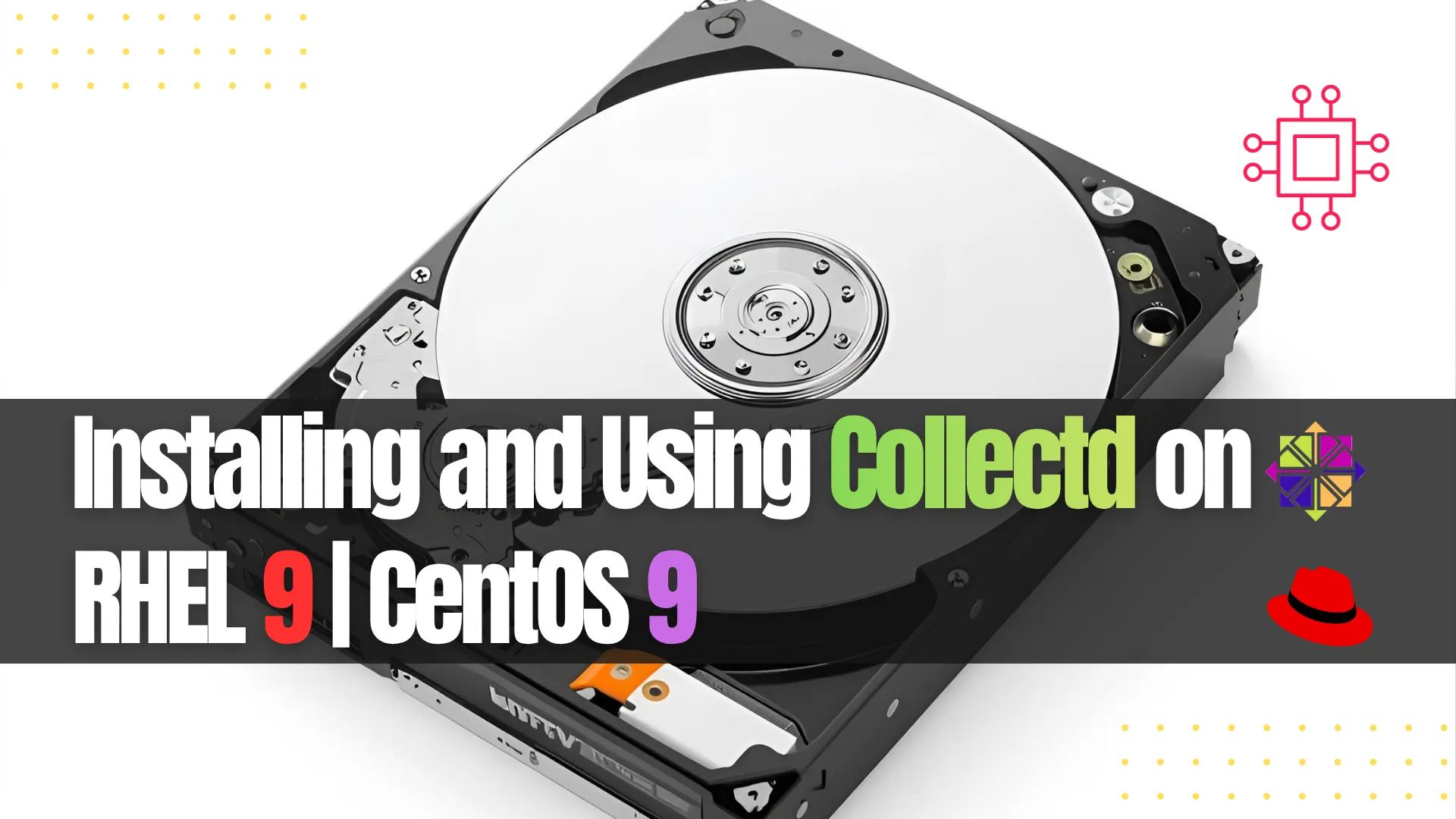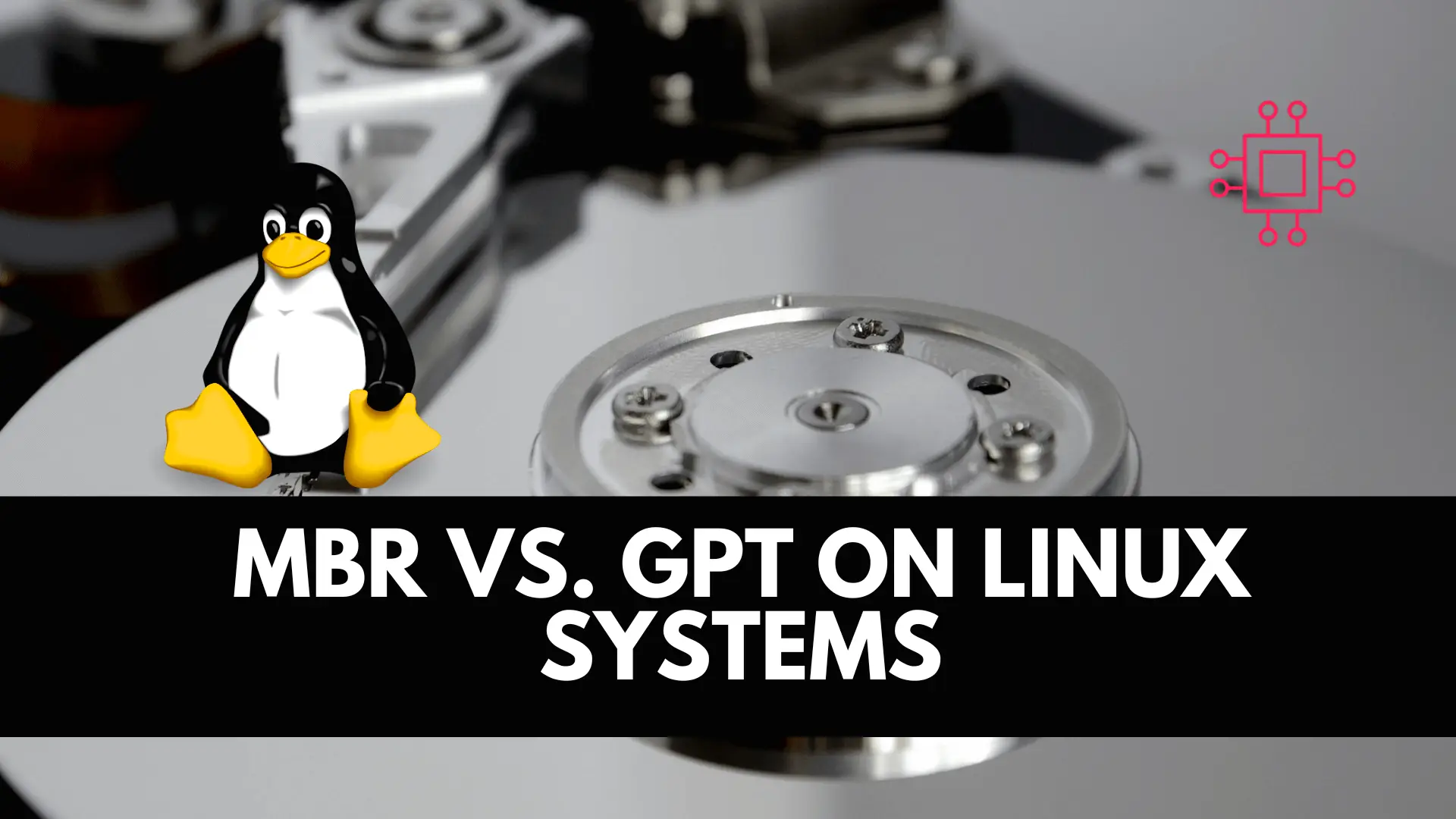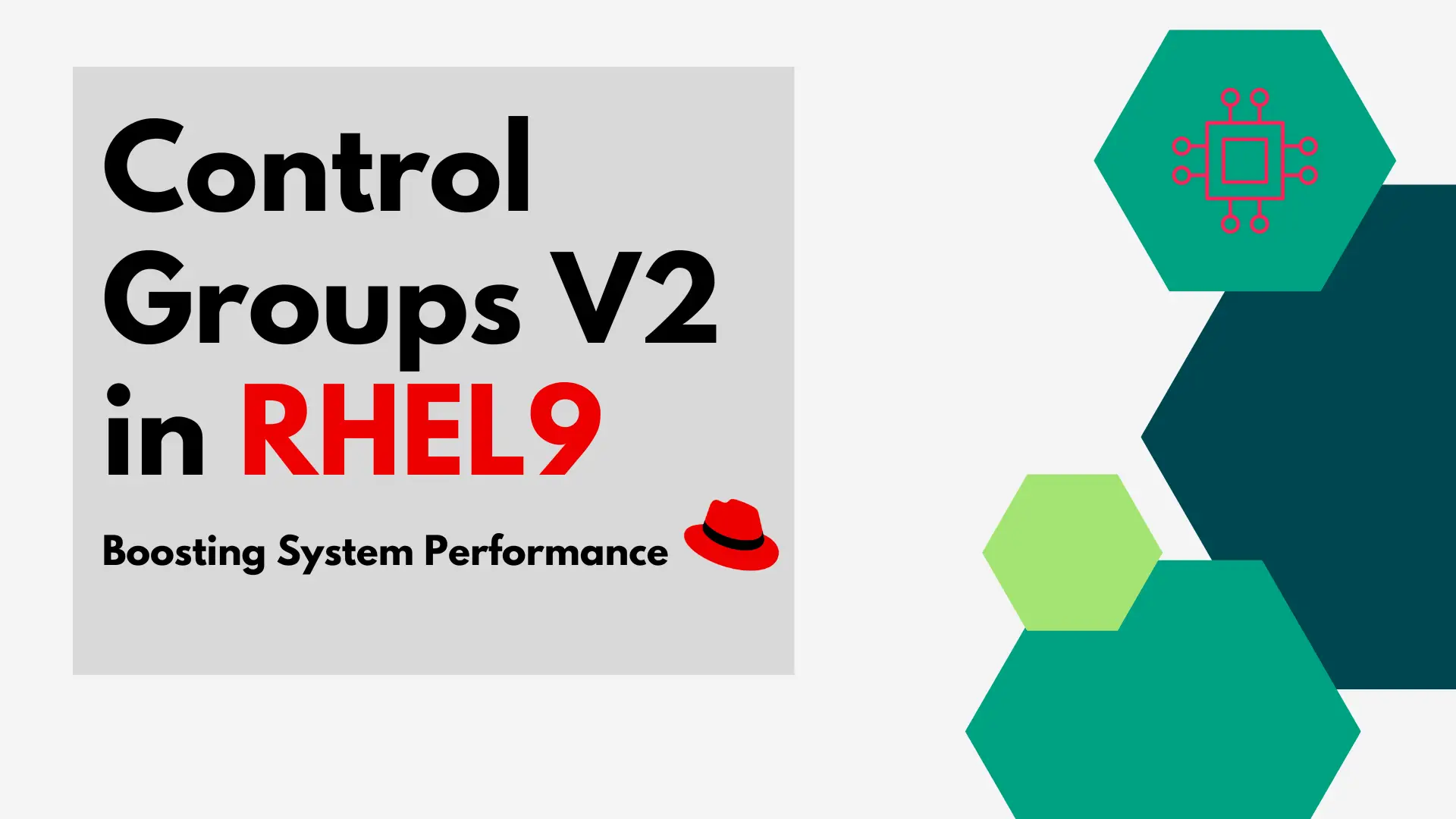
In this article, we’ll learn about creating MBR partitions in Linux, delve into the procedure using the fdisk and parted tool, and provide clear command

Learn how to install and configure Collectd on RHEL 9 and CentOS 9 for system performance monitoring. This step-by-step guide covers installation, setup, configuration, and usage to help you monitor system metrics efficiently.
Monitoring system performance is crucial to maintaining the health and stability of your server environment. On RHEL 9 and CentOS 9, one of the most effective tools for system performance monitoring is Collectd. Collectd is a powerful and flexible open-source daemon that collects and processes performance metrics from various system resources like CPU, memory, disk usage, and network statistics.
In this guide, we will walk through the process of installing and configuring Collectd on both RHEL 9 and CentOS 9. Whether you’re a system administrator, DevOps engineer, or IT enthusiast, this post will help you set up a monitoring solution that can give you real-time insights into the health of your systems.
Collectd is a lightweight, high-performance daemon that collects system performance metrics and stores them for analysis. It supports over 100 plugins for various systems and applications, making it highly extensible. Collectd can export the collected data to other tools like InfluxDB, Splunk, Graphite, or Prometheus for visualization.
Some of the key features of Collectd include:
|
|
|
|
Before starting the installation, ensure your system is up to date by running:
sudo dnf update -y
▶️ Install Collectd from EPEL Repository |
RHEL 9 and CentOS 9 don’t include Collectd in their default repositories, so you’ll need to enable the EPEL (Extra Packages for Enterprise Linux) repository first.
🔄 Enable the EPEL Repository |
sudo dnf install epel-release -y
🔄 Install Collectd |
Once the EPEL repository is enabled, you can install Collectd using the following command:
sudo dnf install collectd -y
▶️ Install Additional Plugins (Optional) |
If you need additional plugins to monitor specific services or applications, you can install them like this:
sudo dnf install collectd-plugins-<plugin_name>
For example, to install the “cpu” plugin:
sudo dnf install collectd-plugins-cpu -y
After installation, Collectd needs to be configured to collect the desired metrics. Configuration files are typically located in /etc/collectd.conf.
▶️ Edit the Main Configuration File |
Open the Collectd configuration file:
sudo vim /etc/collectd.conf
Here’s an example of some common sections you might want to enable:
🔄 Load Plugins |
Collectd comes with a variety of plugins. To enable plugins, simply uncomment the appropriate lines. For example, to enable the CPU and Memory plugins, you would find and uncomment:
LoadPlugin cpu
LoadPlugin memory
You can refer to the official documentation or the file itself to see a full list of plugins.
🔄 Set the Hostname |
To configure the hostname for the Collectd instance (which is useful for identifying servers in multi-node setups), set:
Hostname "my-server"
🔄 Set the Interval |
Collectd collects data at fixed intervals. You can change this to suit your needs. For example, to collect data every 10 seconds:
Interval 10
🔄 Enable Data Storage (Optional) |
By default, Collectd logs its data in a text file. You can configure it to store data in a database like InfluxDB or Graphite. For this, uncomment and configure the relevant lines.
To configure Collectd to store data in an InfluxDB instance:
<Plugin "network">
Server "localhost" "25826"
</Plugin>
This configuration sends data to a local InfluxDB instance running on port 25826.
Once you’ve configured Collectd, you can start the service and enable it to start at boot.
▶️ Start the Service |
sudo systemctl start collectd
▶️ Enable Collectd to Start on Boot |
To ensure Collectd starts automatically after a reboot:
sudo systemctl enable collectd
▶️ Check the Status |
You can verify if Collectd is running properly by checking its status:
sudo systemctl status collectd
If everything is configured correctly, you should see output indicating that Collectd is active and running.
Once Collectd is running, it will begin collecting data and sending it to the configured storage destination (e.g., InfluxDB, or simply log files).
To verify that the data collection process is working as expected:
▶️ Check Logs |
Collectd writes logs to /var/log/collectd.log. You can check this log to see if there are any errors or if the daemon is collecting data successfully.
cat /var/log/collectd.log
Look for entries that show the plugin activity, like:
network plugin: collectd server received data
▶️ Inspect Collected Metrics |
If you’re using InfluxDB or another time-series database, you can run queries to inspect the metrics collected by Collectd. For example, in InfluxDB:
influx
SHOW MEASUREMENTS;
This will display a list of all available metrics collected by Collectd.
Once you have Collectd collecting data, you can visualize it using a tool like Grafana. Here’s how to set it up with InfluxDB:
|
|
|
Grafana offers pre-built dashboards for Collectd, which can make the setup process even easier.
🛠️ Issue 1: Collectd Not Starting |
|
journalctl -u collectd
🛠️ Issue 2: Missing Plugins |
|
sudo dnf search collectd-plugins
to find available plugins.
🛠️ Issue 3: Incorrect Data Collection |
|
Collectd is a highly versatile and efficient tool for monitoring system performance on RHEL 9 and CentOS 9. By following the steps outlined in this guide, you can quickly set up and start collecting metrics on your systems. From here, you can expand your monitoring setup by integrating with time-series databases like InfluxDB and visualizing the data in Grafana for deeper insights.
Whether you need to monitor CPU load, memory usage, or custom metrics, Collectd offers a flexible solution for real-time monitoring and historical analysis.
By implementing Collectd on your RHEL 9 or CentOS 9 servers, you can proactively detect issues, optimize performance, and ensure the overall stability of your systems.
Did you find this article helpful? Your feedback is invaluable to us! Feel free to share this post with those who may benefit, and let us know your thoughts in the comments section below.

In this article, we’ll learn about creating MBR partitions in Linux, delve into the procedure using the fdisk and parted tool, and provide clear command

In the ever-evolving landscape of IT infrastructure, one fundamental decision stands out when setting up storage solutions: choosing the right partitioning scheme. This article takes

Take your system performance to the next level with Control Groups v2 in RHEL9 – the powerful feature that allows you to manage resources for
